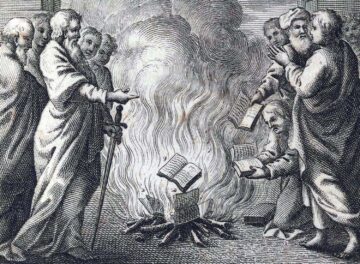Ada Palmer in Reactor:
 “Was it a government action, or did they do it themselves because of pressure?”
“Was it a government action, or did they do it themselves because of pressure?”
This is inevitably among our first questions when news breaks that any expressive work (a book, film, news story, blog post etc.) has been censored or suppressed by the company or group trusted with it (a publisher, a film studio, a newspaper, an awards organization etc.)
This is not a direct analysis of the current 2023 Chengdu Hugo Awards controversy. But since I am a scholar in the middle of writing a book about patterns in the history of how censorship operates, I want to put at the service of those thinking about the situation this zoomed-out portrait of a few important features of how censorship tends to work, drawn from my examination of examples from dozens of countries and over many centuries. The conclusions here are helpful for understanding this situation, but equally applicable to thinking about when school libraries bow to book ban pressures, how controversies impact book publishing in the USA and around the world, and historical cases: from the Inquisition, to censorious union-busting in 1950s New Zealand, to the US Comics Code Authority, to universities censoring student newspapers, etc.
More here.
